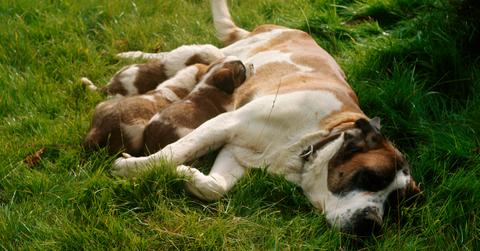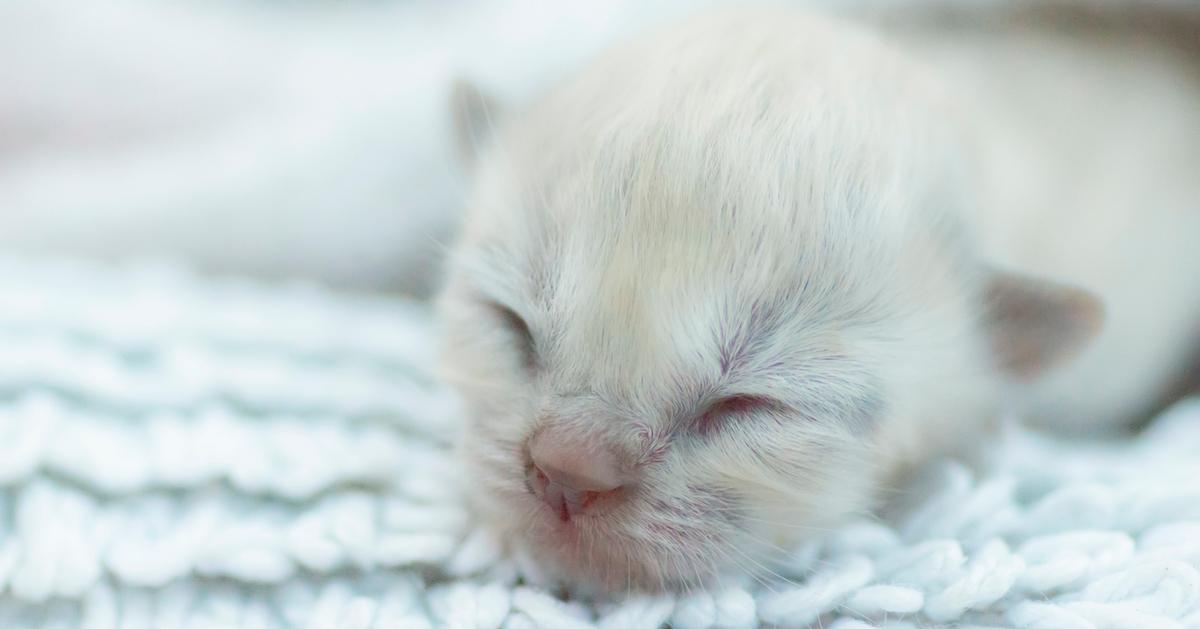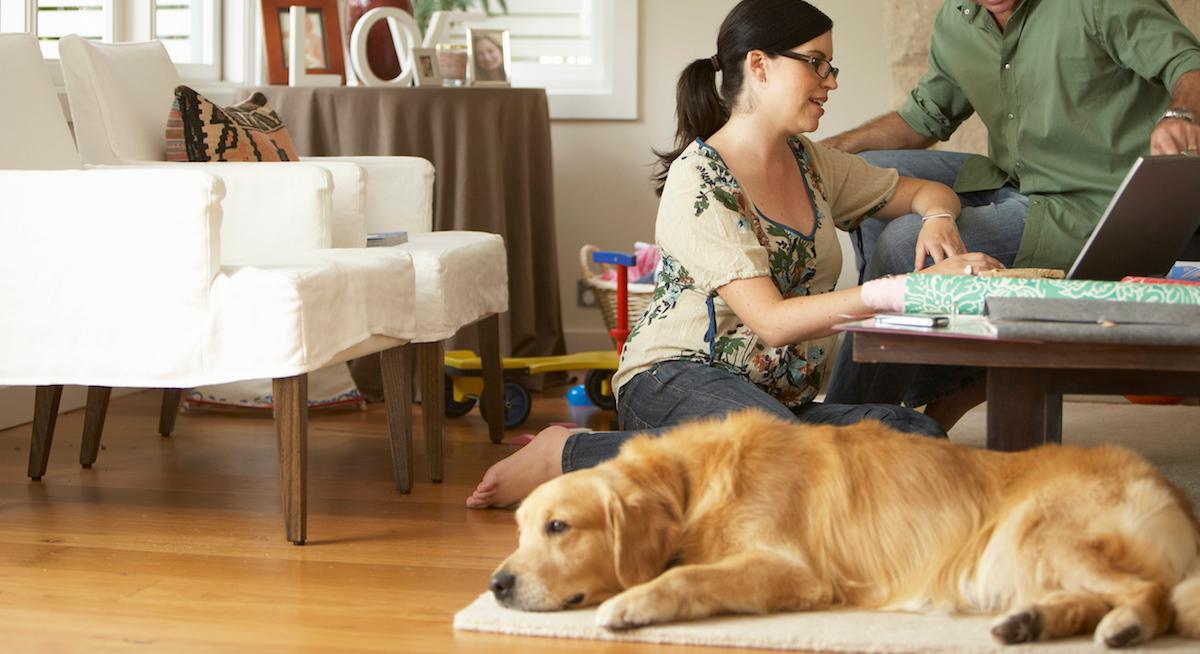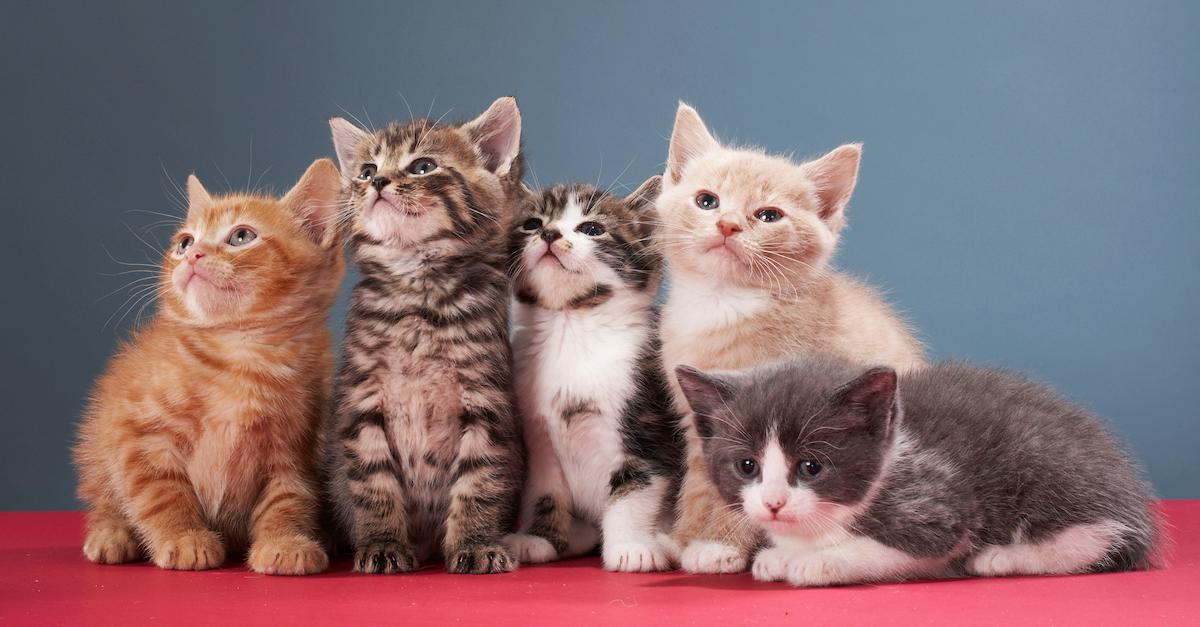What Should You Do If Your Pet Goes Into Labor? Here's How to Prepare
Published March 18 2021, 12:25 p.m. ET

If your dog or cat is currently pregnant, you might find yourself preparing for a wonderful — yet potentially complicated — eventuality. You most likely have some important questions, particularly: what to do if your pet goes into labor? We’re here to answer that question, by taking you through a few simple steps you can take once the process begins.
What do you do if your pet goes into labor?
This will be difficult for many pet parents to accept, but the best thing that you can do for your expectant pet is to keep a safe distance, according to Daily Puppy, and to leave your fur baby alone. Most pets, namely dogs and cats, have an intrinsic sense of what to do when they know they are going into labor, and it's important to let them engage in these pre-birth behaviors without too much intervention. However, it’s important to observe them quietly, to make certain nothing goes awry.

Can I prepare for the birth in any way?
The Auburn Animal Hospital recommends contacting your veterinarian toward the end of your pet’s pregnancy — don’t be afraid to discuss the pregnancy and labor process with your veterinarian. As their doctor, your vet might understand your pet’s health better than you do. For instance, your vet might be aware of any potential complications caused by your pet’s breed, size, weight, or preexisting conditions.
It is also recommended to make a whelping box in order to provide a safe space for your pet to deliver. These can be made of any soft materials, but should be built large enough for your pet to stretch out comfortably during the birthing process. It should also be easy to clean, comfortable, and easy enough for the mother cat or dog to step over if she needs to get in or out of the box.
Auburn Animal Hospital suggests using blankets or towels to line the bottom as they can be easily changed out if they become soiled. All of this preparation counts for very little if your pet is currently in labor, however. Therefore, it might be best to learn what pre birth behavior looks like, just in case.

What are the signs of labor?
According to The Spruce Pets, pregnant dogs usually show signs of nesting about 48 hours before the onset of labor. Signs of nesting could be things like scratching at her bed or searching for a safe place to give birth. Cats exhibit similar nesting behavior when preparing to go into labor, according to Guildcrest Cat Hospital.
Cats and dogs both experience temperature changes about 24 hours before giving birth. Dogs generally have a normal body temperature of about 100 degrees Fahrenheit, which will lower about a day before labor, according to The Spruce Pets. Cats run about the same normally, but their temperature will dip to 99 degrees Fahrenheit when the birth is one or two days away.
For dogs, uterine contractions should begin six to twelve hours before birth. This dilation of the cervix could result in excessive pacing, panting, digging, shaking, or even vomiting. According to Guildcrest Cat Hospital, cats tend to be more vocal in the hours leading up to labor. They might chirp, meow, lick, howl, or pace, and sometimes exhibit signs of discharge as their water breaks.

What are signs of complications?
In most cases, dogs and cats will know what to do once they start going into labor — they will give birth, chew through their umbilical cords, lick them clean, eat the placenta, and guide them to nurse at their nipples. All you have to do is keep a wary eye for signs of complications. According to Purina, if contractions occur for more than 30 minutes without a baby being born, it means she is having trouble and might need to be taken to the vet.
This is also true if gaps occur between puppies or kittens. Cats and dogs are usually born in litters, so if more than two hours pass between the birth of one baby and the next, the mother is likely having trouble birthing the others. If puppies or kittens are being born backwards and aren’t passing through the vulval entrance, you might need to go in and lend a hand, or else get a medical professional to assist.

Even if you’re a novice in the ways of pet husbandry, you’ll still likely know how to identify when things are going wrong versus when things are running smoothly. The most important thing to note is not to stress over the process — the less stressed you are, the less stress your pet and their newborn babies will be.